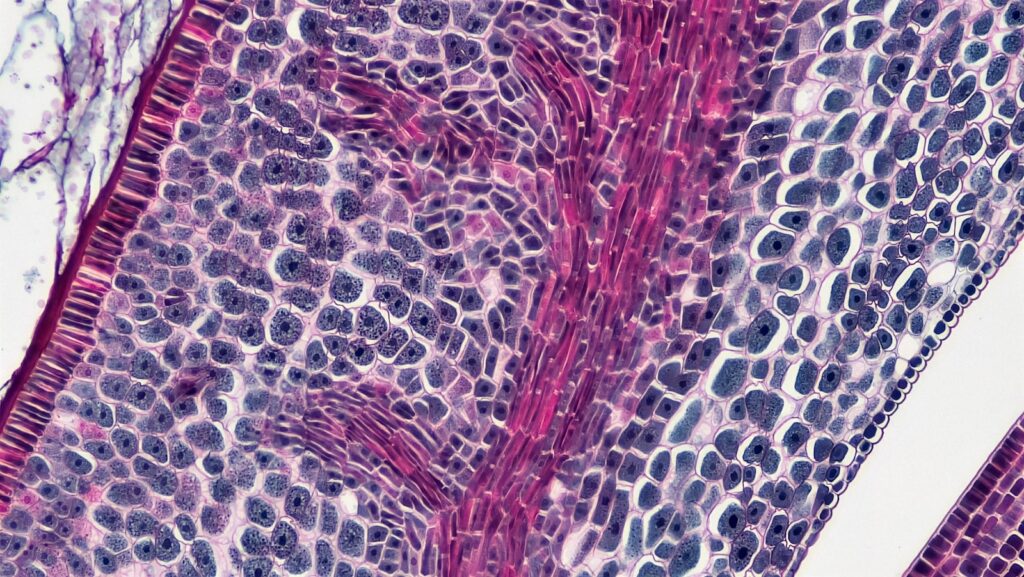Insider Brief:
- Researchers from the Max Planck Institute for Informatics, ETH Zurich, and SOKENDAI developed quantum algorithms that improve the speed and efficiency of approximate pattern matching, a crucial task in fields like genomics and cybersecurity.
- The study introduces new quantum algorithms that excel in handling mismatches and edits, offering a significant advantage over classical methods, particularly for large datasets with low mismatch thresholds.
- Use of the PILLAR model was key to the research, streamlining string-processing tasks by breaking them into smaller, more manageable operations, allowing for faster and more efficient quantum computation.
- Despite the potential, the algorithms face limitations, performing best under certain conditions and requiring further advancements in quantum hardware, such as error correction, to fully realize their practical applications.
Identifying patterns in massive data sets is a central task in fields such as genomics, text processing, and cybersecurity, but traditional algorithms often struggle with the scale and complexity involved. Quantum computing, with its ability to perform parallel calculations, may provide a solution. In their a recent arXiv preprint, researchers from the Max Planck Institute for Informatics, ETH Zurich, and SOKENDAI present quantum algorithms that improve the speed and efficiency of pattern matching.
The Challenge of Approximate Pattern Matching in Real-World Data
Pattern matching involves finding occurrences of a pattern P in a text T, a fundamental problem in computer science. In the classical “exact pattern matching” scenario, P is required to match a substring of
T exactly. However, real-world data is less elegant and requires a more flexible approach. Approximate pattern matching allows for mismatches between P and the text, making it more practical for diverse applications such as DNA sequence analysis and error-tolerant data retrieval.

The two most common metrics for measuring mismatches are Hamming distance and edit distance. Hamming distance quantifies the number of character substitutions required, while edit distance counts character insertions, deletions, and substitutions. According to the authors, these problems have been widely studied but remain computationally intensive due to their combinatorial nature, especially when considering large text sizes.
Previous quantum algorithms for approximate pattern matching, particularly those addressing mismatches, made strides in speeding up these processes but fell short of optimal performance. This new research presents quantum algorithms that achieve near-optimal time complexity for both mismatches and edits, marking a significant improvement over earlier methods.
Speeding Up Pattern Matching with Mismatches and Edits
The challenge of approximate pattern matching lies in balancing accuracy and efficiency. The quantum algorithms introduced in this study excel in both pattern matching with mismatches and pattern matching with edits, reducing the time required to locate approximate matches in a text. These algorithms perform particularly well on large datasets with low mismatch thresholds, where classical methods often falter. For more complex cases involving edits—such as insertions, deletions, and substitutions—the algorithms provide a solution that approaches the theoretical speed limits for these tasks.
Central to these innovations is the PILLAR model, an abstraction that reimagines string-processing tasks for quantum systems. The PILLAR model simplifies complex operations by breaking them into smaller, manageable tasks, such as identifying matching segments or handling edits. These tasks are then processed more efficiently using quantum algorithms, which helps achieve optimal query complexity—a key factor in minimizing computational overhead. By keeping the number of queries to the quantum system low, the authors maximize the speed benefits of quantum computing.
One of the major challenges in approximate pattern matching is pinpointing where mismatches or edits occur within the text. The authors’ algorithm addresses this by first narrowing down the search space to a set of candidate positions where approximate matches might occur. They then apply a method for solving substring equations, which compresses the pattern and text representations without losing crucial information. This compression minimizes redundant computations and makes it easier to handle larger texts without sacrificing accuracy, ensuring a faster and more efficient solution.
Implications and Limitations for Quantum Algorithms in String Processing
DNA sequence alignment and genomic analysis, which depend heavily on efficient pattern matching, stand to benefit significantly from these quantum algorithms. As the study highlights, the improvements in speed and accuracy provided by quantum computing are particularly valuable in bioinformatics and other data-intensive fields. When the pattern length is small relative to the text, these quantum algorithms outperform classical methods, demonstrating the potential for quantum computing to deliver substantial performance gains in real-world applications.
However, the study also identifies limitations. The algorithms perform best when the mismatch threshold and pattern length are small compared to the text size. As the complexity of the task increases—such as with larger mismatch thresholds or more extensive edits—the improvements over classical methods diminish. While the algorithms approach near-optimal time complexity under certain conditions, there is still room to improve their performance for more complex scenarios.
And, as always, current quantum devices also impose practical constraints. These algorithms assume access to large, error-corrected quantum systems, but the physical hardware necessary to fully realize their potential is still under development. Quantum error correction and maintaining qubit coherence remain significant obstacles. Thus, while the theoretical advancements of these algorithms are promising, their widespread practical application may take time as quantum technologies continue to mature.
Nonetheless, this research is an integral step towards developing efficient quantum algorithms for string processing, particularly in fields where approximate pattern matching is essential. Quantum algorithms that handle both mismatches and edits with near-optimal speed may also find use in other data-intensive applications, which we have no shortage of.
Contributing authors on the study include Tomasz Kociumaka, Jakob Nogler, and Philip Wellnitz.

















